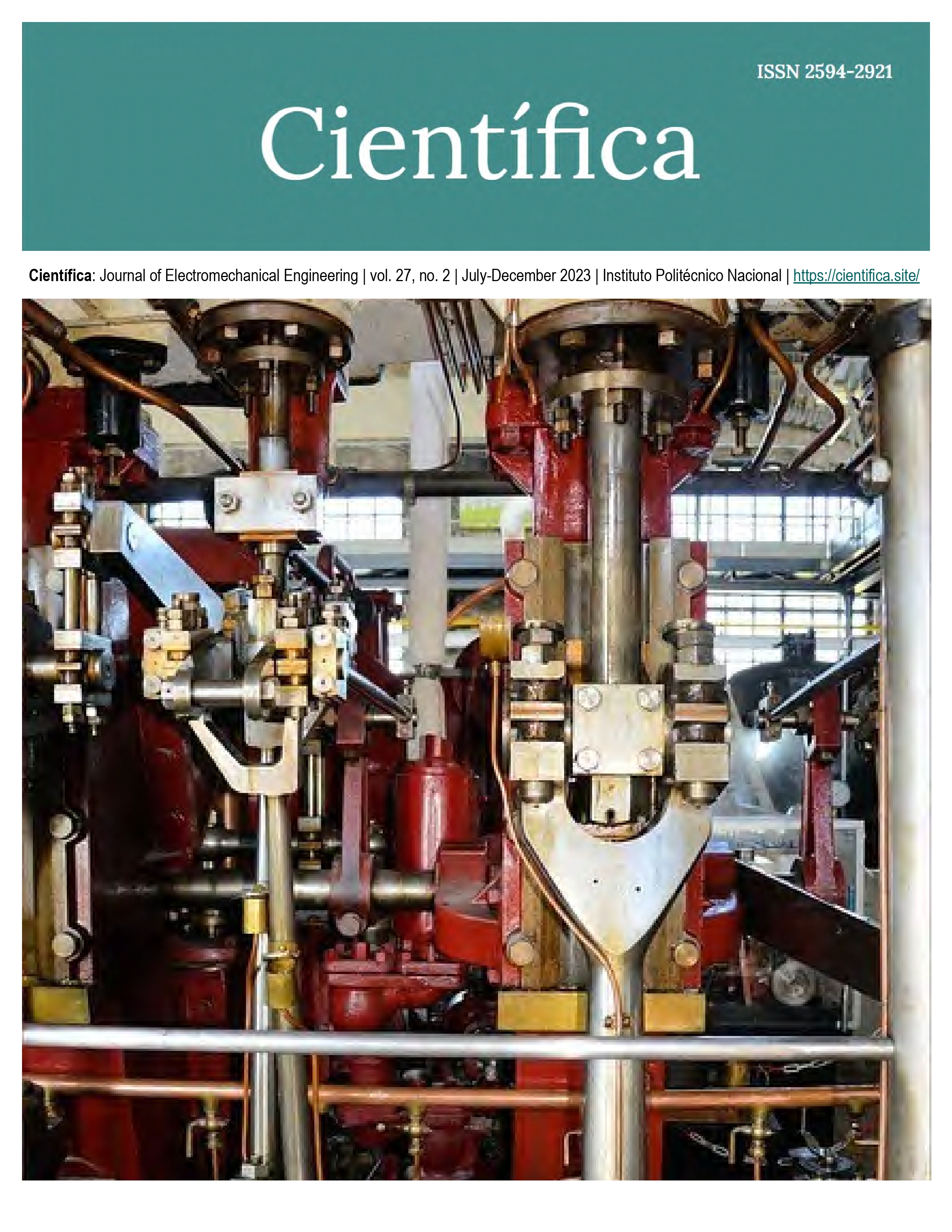A Review of the Current State of Solar Stills for Alcohol Production
DOI:
https://doi.org/10.46842/ipn.cien.v27n2a02Keywords:
solar energy, solar still, distillation, alcoholAbstract
The COVID-19 pandemic led, among other things, to a shortage of ethyl alcohol in Mexico, the main component of antibacterial gel. This is mainly due to the regrettable increase in demand, but also due to limited production. To prevent this scenario, it is essential to look for other sources of supply, with the production of alcoholic beverages, artisanal and industrial, being the best option. However, it is important that alcohol production is sustainable. An alternative to the distillation process is the application of solar energy, which results in an efficient solution to meet current needs, as well as being friendly to the environment by not generating polluting emissions and using a renewable resource that is free. Many regions of the country can also get worse from this technology, Mexico has native drinks and with denomination of origin such as tequila or mezcal. In this article, an in-depth review of the scientific production on the prototypes that have been developed to distill alcohol both abroad and in Mexico is carried out.
References
P. Namprakai, “Ethyl Alcohol Distillation in a Basin Solar Still”, Renewable Energy, pp. 169-175, 1997.
P. Spalding, Convective Mass Transfer, Londres: Edward Arnold, 1993.
T. Kiatsiriroat, “Prediction of Mass Transfer in Solar Still”, Energy, vol. 11, pp. 881-886, 1986.
P. Rattanapol, “The Thermal Performance of an Ethanol Solar Still with fin plate to Increase Productivity”, Renewable Energy, vol. 54, pp. 227-234, 2013.
P. Namprakai, J. Hirunlabh, “Theoretical and Experimental Studies of an Ethanol basin Solar Still”, Energy, vol. 32, p. 2376–2384, 2007.
A. Rojas, Diseño de un destilador solar destinado a la potabilización de agua de lluvia, CDMX: Tesis para obtener el grado de Ingeniero Mecánico, IPN, 2015.
P. Meukama, “Experimental optimization of a solar still: application to alcohol distillation”,Chemical Engineering and Processing, vol. 43, pp. 1569-1577, 2004.
C. Paredes, Diseño de captador solar cilíndrico parabólico para aplicaciones rurales en Paraguay, Tesis/Ingeniero Técnico de Minas, Especialidad en Recursos Energéticos, Combustibles y Explosivos. Escuela Técnica Superior de Ingenieros en Minas.: Departamento de Física Aplicada a los Recursos Naturales.
M. Cruz Martinez, “Propuesta de un prototipo de concentrador solar para la destilación de mezcal en la región mixteca oaxaqueña”, Temas de Ciencia y Tecnología, vol. 16, nº 49, pp. 45-53, 2013.
R. Jorapur, “Alcohol Distillation by Solar Energy”, ISES Solar World Congress Proceedings, pp. 772-777., 1991.
P. Vargas, “Thermal analysis of a solar distillation system for ethanol-water Solutions”, Renewable Sustainable Energy, vol. 5, pp. 234-240, 2013.
J. Hermosillo Villalobos, Destilación Solar, Guadalajara: Instituto Tecnológico y de Estudios Superiores de Occidente, 1989.
S. Chavez Sanchez, “Destilación de alcohol etílico empleando energía solar”, Revista Tendencias en Docencia e Investigación en Química, pp. 136-145., 2020.
D. Ascencio San Pedro, “Destilador solar de alambique De cobre con agua como fluido De trabajo para la producción de mezcal”, Revista de Energías Renovables, nº 45, pp. 21-26, 2022.
Downloads
Published
Issue
Section
License
Copyright (c) 2023 Instituto Politecnico Nacional

This work is licensed under a Creative Commons Attribution-NonCommercial-ShareAlike 4.0 International License.

